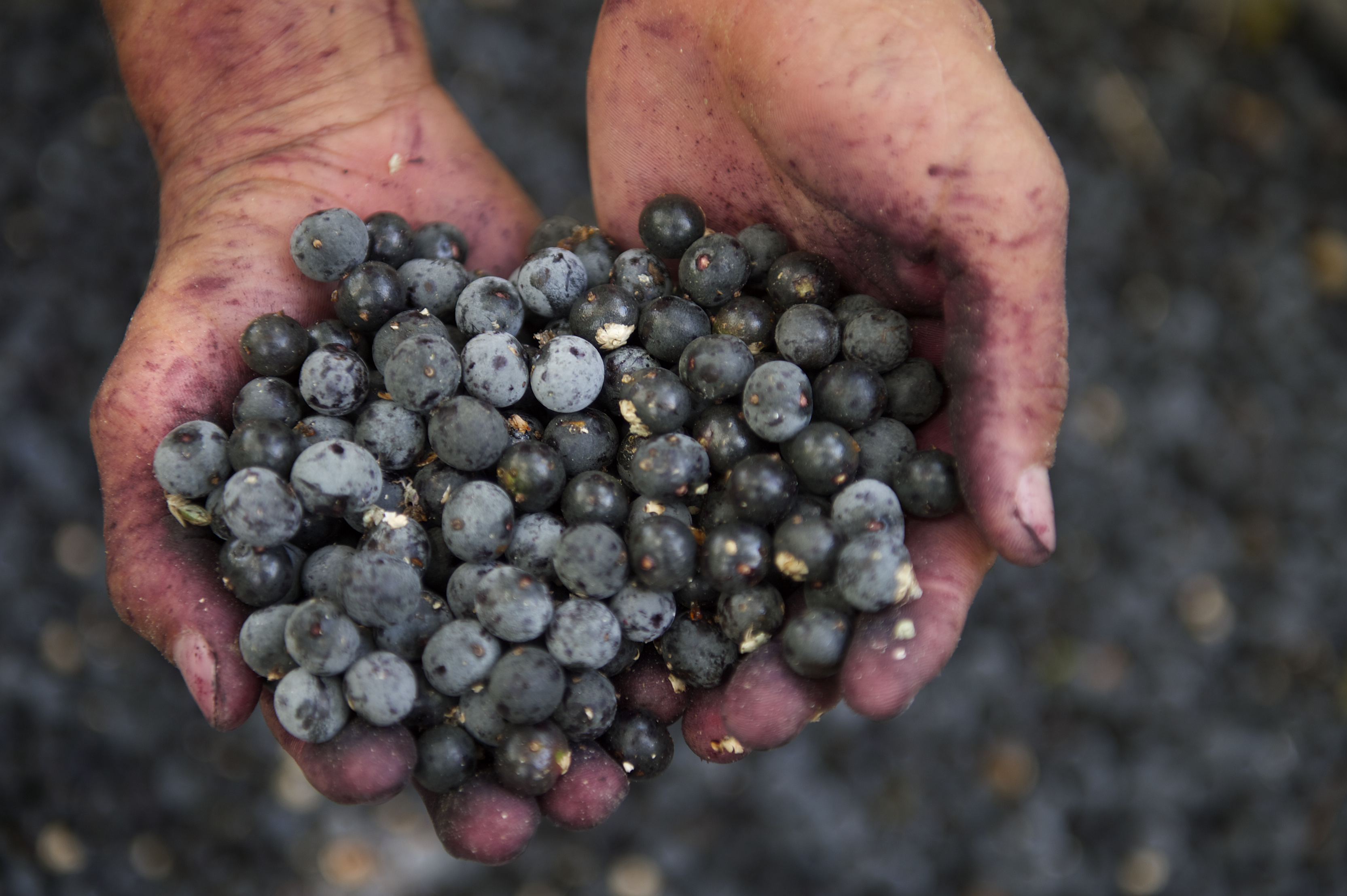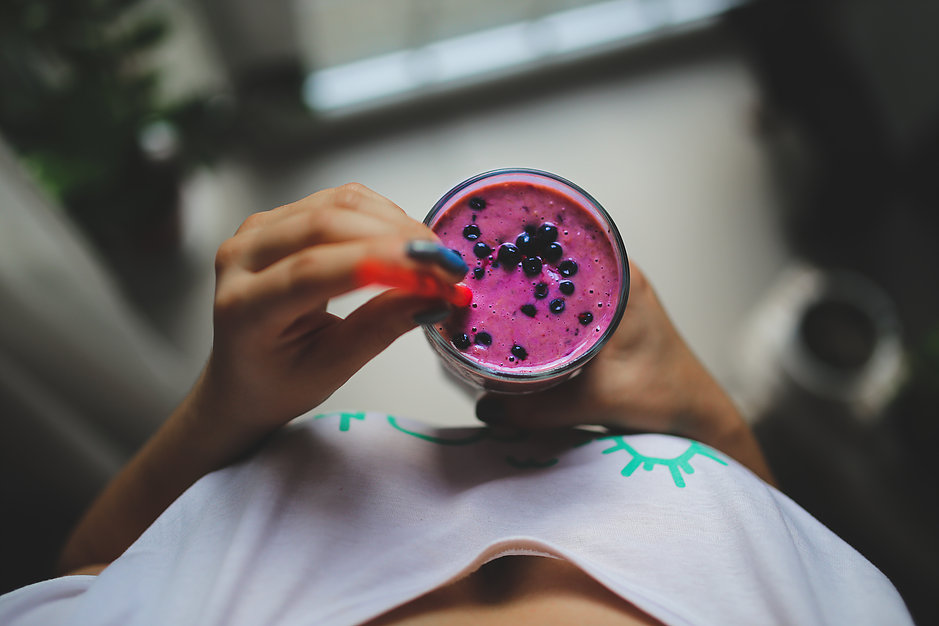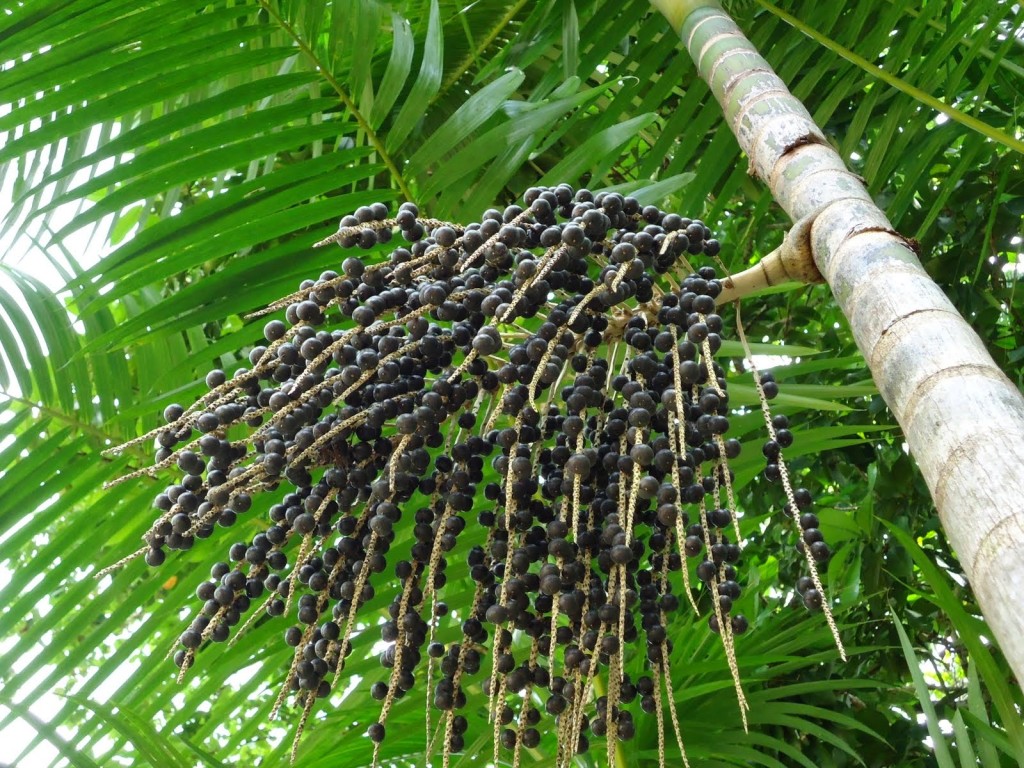Dark and Beautiful: The Magic Of Açai
Until recently, açaí was almost unheard of in the United States. The açaí berry is now widely promoted in forms of dietary supplements, beverages, and weight loss pills across multiple retail stores. Any food that is repetitively showcased in grocery isles immediately catches my attention. Although it may be an ongoing super-food trend within the United States, a part of me believes many people are still left a bit clueless about this magical berry.

The açaí berry is a small and round purple fruit, about an inch-long. It comes from the açaí berry palm tree. This species belongs to the Euterpe genus, native to rain forests of Central and South America. The tree produces both female and male flowers that are small and brown to purple in color. The fruit grows green in color and ripens to a dark purple color. Each tree stem usually produces four to eight bunches of fruit throughout the year. Ripe fruits are the heaviest in the dry season (July to December). The tree grows slowly in low light, often taking 4-5 years before producing fruit in the rain forest canopy.
For centuries, açaí has been the main staple food of the Amazon natives. So, it is treated more like a food item by them than as a “fitness berry”. It has a single large seed in the middle that makes up about 80 percent of the entire fruit. It can be found in clusters at the top of the palm tree. (See also, snake skin fruit palm tree clusters).
Açaí Palm Hearts
Palm hearts are sweet and tender, ivory-colored, immature growing buds, eaten worldwide as a vegetable. It is obtained by cutting the palm and removing the crown shaft; peeling away outer layers to expose the center core, where the heart is found. Although it has almost no nutritious value, palm hearts have been a staple food enjoyed by many for generations. In addition, açaí is an economic resource and export product for multiple rain forest countries. France, followed by the U.S. are the largest importers of palm hearts.
Açaí Berry Preparation and Serving Methods
The mesocarp (outer peel or pulp) is the primary edible content in the berry. Seeds are discarded or either used as domesticated animal feed. The berry is highly perishable; once harvested, it should be eaten or transformed into a medicinal remedy.
- Ripe berries can be transformed into refreshing açaí drinks by a process of maceration. It is usually prepared by soaking ripe-berries in lukewarm water to soften the outer flesh. Thereafter, it is squeezed, and the large seeds removed by straining. The result is a dense purple creamy liquid with a very distinctive nutty flavor. Similarly, drinks can be consumed either by freeze-dried or powdered juice preparations. It is quite popular in the Americas, particularly in Brazil. Its extract is mixed with sugar or sugarcane juice to sweeten.
- Traditionally in the tribal Amazon belt, açaí extracts are commonly combined with a starchy root vegetable like manioc and is eaten in the form of a porridge.
- The berry extract can be incorporated and used to flavor smoothies, shakes, liquor, ice creams, and other desserts.
- Lastly, the berries are commonly used in energy boosting nutritional supplements or snacks in the forms of capsules, tablets, and energy bars within the United States.
Health Benefits of the Açaí Berry

Açaí berry is high in calories, and hence, gives immediate strength and stamina. In addition, açaí helps speed recovery after exercise. Powerful anti-inflammatory phyto-nutrients helps replenish the body with electrolytes . The berry extraction is used by Amazon natives because it’s a treatment for diarrhea, parasitic infections, hemorrhages, and ulcer treatment. However, there are no established studies suggesting that the use of açaí products would help lose weight.
- Vitamins:
- Vitamin A; maintains vision, healthy immune functions, cell integrity, and the moisture and health of skin.
- Vitamins B1(thiamin), B2 (riboflavin) and B3 (niacin), all of which help regulate metabolism, support cell growth and maintenance of mental function.
- Vitamin C, essential in helping the body fight infection and maintenance of bone health.
- Vitamin E, which has been shown to increase the body’s immune response. It contributes to maintenance of heart health and healthy skin.
- Nutrient minerals:
- Magnesium, which helps to release energy and absorb nutrients in our foods as well as contributing to a healthy immune function and maintenance of healthy bones.
- Potassium, which helps maintain a healthy blood pressure level,
- Calcium, which is good for the healthy maintenance of our bones and for smooth muscle function.
- Iron, whose main function is to carry oxygen to all the cells in the body through its role in creating hemoglobin.
- Selenium, contributes to efficiency of the immune system. In addition, it plays a vital role in regulating the effects of thyroid hormone on fat metabolism.
- Copper, which helps the body absorb iron readily so that our system can easily transport oxygen to our tissues.
- Manganese, which helps the body maintain healthy bone, cartilage, and connective tissues.
- In conclusion, other key nutrients are Phosphorus and Zinc.
Follow me and share!
Please leave a comment, like, and share this article below! Sign up for my monthly newsletter, and never miss an update. Subscribe today!
